Aldous Huxley’s dystopian/utopian novel Brave New World is one of the foundational books of dystopian science fiction. Written in 1931 and published in 1932, Huxley’s book takes troubling circumstances from the 1930s to the utmost extreme, in a satirical manner.
The book glosses over events and incidents and focuses more on philosophical ideas. Brave New World’s utopian society consists of conflicting characteristics from communism and capitalism. The characters have inner conflicts between individualism and collectivism. Due to the conflicting topics, the book seems muddled in combat with itself.
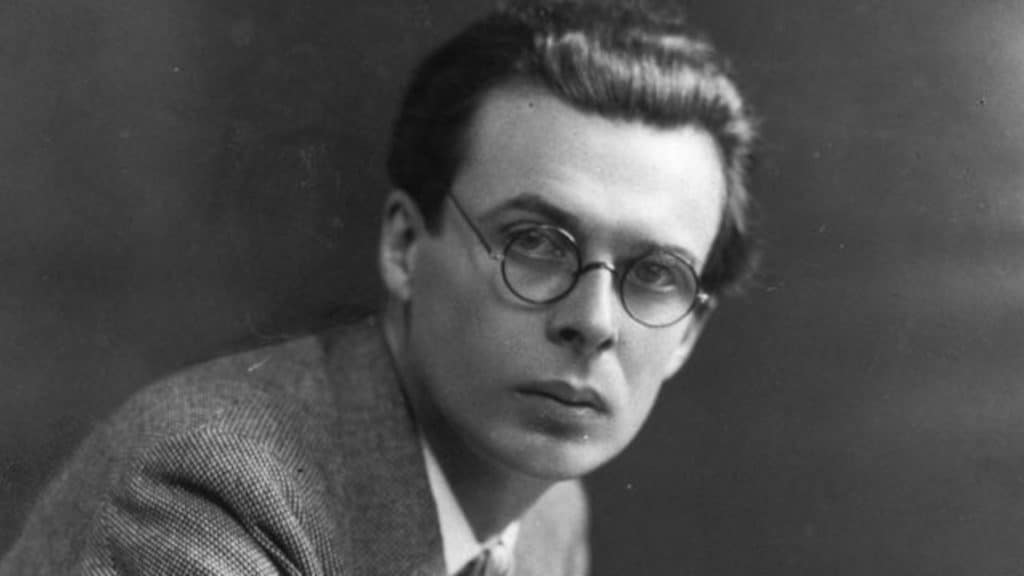
Scientific advancement halted in Huxley’s utopian society, with the exception of cloning. People are not allowed to fall in love, marry, or have natural births.
The government, run by ten World Controllers, leverages outlawing relationships. It eliminates the possibility of people having more allegiance to each other than the state. This enables the government to control the population as much as, though less brutally than, “Big Brother” in George Orwell’s book 1984.
Summary of Brave New World
Brave New World takes place in 2540 CE, which the book identifies as AF 632. AF 632 stands for 632 years after Henry Ford introduced the Model T automobile.
The plot revolves around Bernard Marx, an Alpha+. He has a date with Lenina Crowne, presumably a Beta. Bernard’s boss, Thomas “Tomakin” Grahanbell, the Director of Hatcheries and Conditioning (DHC), dislikes Bernard.
The New London Hatcheries and Conditioning center manufactures babies. The center conditions children from infancy by eliminating emotions and individuality. This is best reflected in the book by the quote “everyone belongs to everyone else”.
The Hatchery Produces Citizens for Five Different Classes
| Name | Status | Predestination | Mass-Produced Clones | Clothing Color |
| Alpha | Upper Class | Leaders and thinkers | No | Gray |
| Beta | Upper Middle Class | Work in high technical skill jobs | No | Mulberry |
| Gamma | Lower Middle Class | Work in service roles | No | Green |
| Delta | Working Class | Work in production and manufacturing | Yes | Khaki |
| Epsilon | Lower Class | Perform menial tasks | Yes | Black |
Bernard is different from other Alphas. He is shorter and antisocial. The DHC suggests Bernard take a vacation to The Savage Lands reservation. The DHC relays a story to Bernard, explaining how he went there long ago with a Beta female companion. Somehow he lost his companion there.
After Bernard leaves for The Savage Lands, the DHC begins plotting to exile Bernard to Iceland.
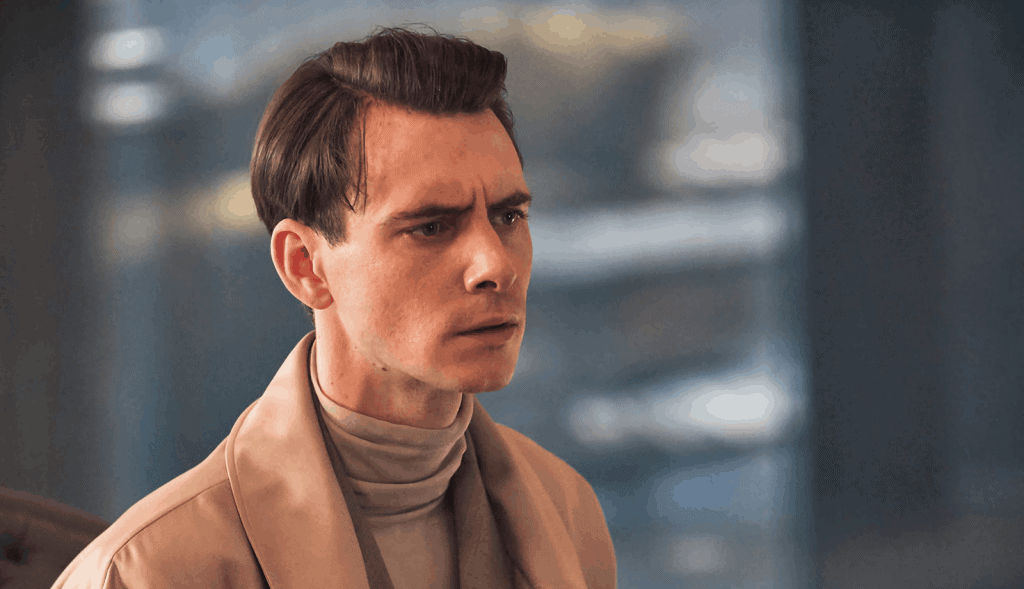
Bernard takes Lenina to the Savage Lands, a pseudo-Native American reservation in the US. While there, he meets John and Linda. Bernard deduces that Linda is the Beta female the DHC left behind so many years ago and that John is Linda’s and the DHC’s son.
Having heard from his friend Helm, Bernard learns of the DHC’s plot. To save himself from exile, Bernard convinces John and Linda to come back to New London. Upon returning to New London, Bernard stages a scene that not only embarrasses the DHC but also gets him fired.
John fascinates the people of New London. He becomes an instant celebrity. Bernard rides the wave of the new celebrity by showcasing John at many parties. John, sickened with the unfamiliar lifestyle of the World State, lashes out.
Linda, John’s mother, dies from a medically-induced Soma overdose. This triggers a rage in John and he nearly starts a riot. Next, he and Lenina begin falling in love, but he gets repulsed by her advances, again getting physical. This time he strikes Lenina.

Mustafa Mond, the World Controller of Western Europe, steps in. First, he exiles Bernard and Helm to the Falkland Islands. Next, he forces John to remain living in New London, despite John’s desire to join Bernard and Helm. Mond considers John an experiment and wants to see what happens to him next.
John moves into an abandoned lighthouse. He lives in solitude until someone spots him flagellating himself outside the lighthouse. This leads to a crowd of media and fans forming around him and filming him. Lenina comes to see him and John flies into another rage. This time he takes Soma and joins Lenina and the aroused crowd in an orgy.
The next morning, John is completely ashamed of his actions the day before. As the crowd enters the lighthouse looking for John, they find him hanging from the rafters.

The Book’s Reception
The book’s initial reception was largely negative. Many critics felt Huxley’s vision of the future was insulting. They did not comprehend the philosophical assertions he made in Brave New World.2 Schools and libraries banned the book all over the world. Book censoring is an unfamiliar concept to society today.

Readers Must Learn What 1932 was Like to Understand Why Huxley’s Book Met with Such Criticism.
The Rough 1910s
From 1914 to 1918, World War I changed the world. The U.S. manufactured most of the weapons for allied countries during the war. The profit made from the weapons drastically changed the US domestic economy.
Around the same time, the Romanov family abdicated the throne in Russia. The Bolshevik Party ousted the former monarchs during the revolution of 1917. This gave communism a foothold in Russia and ended monarchy throughout most of the world.
Immediately following World War I, the 1918 influenza pandemic ravished the world. The flu killed 50 million worldwide.
The 1910s were terrifying.
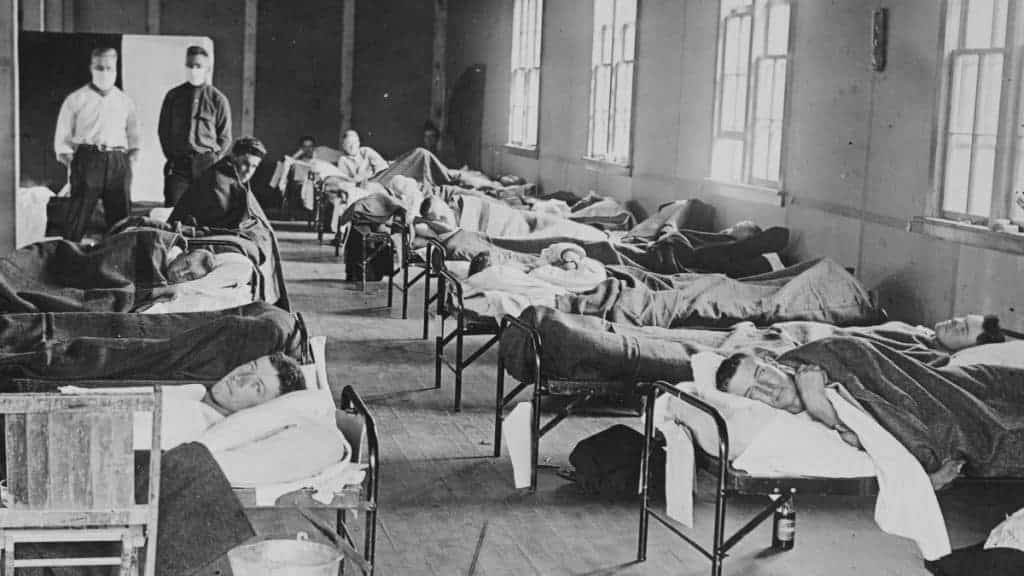
The Roaring 1920s
Luckily, the 1920s turned out to be the opposite of the previous decade. For the first time in U.S. history, more people lived in cities than in rural America. The country’s wealth more than doubled during the 20s, leading to mass consumerism and the frequent use of bank credit by many people.
Movie theaters became commonplace for the first time. Sound and color movies phased out black and white silent movies. Mickey Mouse made his first appearance in Steamboat Willie towards the end of the 1920s.
Sports became major attractions for the public. In Major League Baseball, the Boston Red Sox traded Babe Ruth to the New York Yankees, starting the “curse of the bambino”. Ruth made the switch from super-star pitcher to becoming the ‘Sultan of Swat’.
Over 10 million people owned an automobile in the 1920s. Traffic lights became common for the first time. Owning a car enabled people to commute further distances to work, leading to the creation of suburbs.

Despite the technological revolution underway, only 67% of American homes had electricity. Radios became popular in homes, with over 60% of Americans owning one (televisions did not exist at the time). Electric washing machines and electric refrigerators became common in many households. The electric toaster and electric steam iron became available during the middle of the decade.
In 1926, Aldous Huxley made his first visit to the US. The mass consumerism and vulgarity (in relation to the UK) shocked him.
Prohibition began with the ratification of the 18th amendment. Women received the right to vote with the ratification of the 19th amendment. The construction of the Lincoln Memorial completed.
As you can see, the 1920s changed the world.
The Crash of the 1930s
The decadence of the 1920s came to an abrupt halt in 1929 when the New York Stock Exchange collapsed. The crash ultimately led to the Great Depression which lasted 10 years.
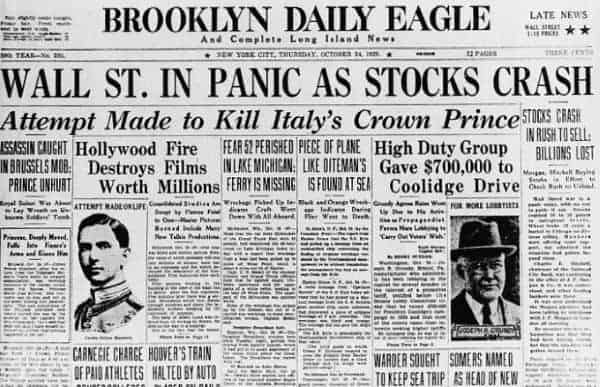
People worried as the crash started impacting them personally. Parents took the money from their children’s piggy banks to pay for food. As people rushed to their banks to remove their savings, banks ran out of money. Over 800 banks closed by 1930, accounting for 9 million savings accounts lost. There was no FDIC then. When banks closed, you lost your money.
People sold their cars, jewelry, and furniture, to have enough money to buy food to feed their families. Children, faced with the reality of the situation, became fearful for their own lives.
Half of all mortgages were in default and there was no form of government help. Suicide rates skyrocketed.

By the 1930s, 4 million families were without money or support. They didn’t know how to ask for help and the government didn’t know how to provide it. Most people had no concept of the federal government, as it seldom had any impact on their lives.
Eventually, the depression spread well beyond the borders of the U.S. In Germany, the depression amplified the harsh conditions from Germany’s losses in WWI. This enabled Adolf Hitler and the Nazi party to gain momentum and take control of Germany.
Meanwhile, the Communist party in Russia started to appeal to people, even in the U.S. President Herbert Hoover did nothing to help Americans. Over 100,000 people fled the US for Russia.
As a result, the fight between capitalism and communism picked up the pace.
In 1932, US voters elected Franklin Delano Roosevelt for president. It was the greatest election victory in history. FDR’s New Deal started to turn the economy around and people became optimistic for the first time in years. That same year, Aldous Huxley published Brave New World.
Post WWII Reception
Brave New World offers softer totalitarianism that is more deceitful and alluring. That is, in comparison to George Orwell’s 1984. During the cold war, people leaned towards the dystopia of Orwell’s book when discussing the real possibilities of humanity’s future.
When the U.S.S.R collapsed, along with the Berlin wall, many people reassessed society’s possible destiny. Global consumerism and the number of pharmaceuticals and illicit drugs available rapidly increased. To society, many took the increase as a sign we were heading towards Huxley’s Brave New World.
Huxley’s Inspiration for Writing Brave New World
Huxley suffered an illness that nearly blinded him when he was 16. His poor vision reflects abundantly in Brave New World with his use of vivid colors and contrasts between light and dark.
Huxley disdained anything Victorian or Edwardian. He focused his literary attacks on each. That’s why Brave New World’s society is futuristic and unnatural. It’s also the reason the novel eschews family, motherhood, religion, thrift, and monogamy. Huxley didn’t believe in monogamous relationships, despite being married twice.
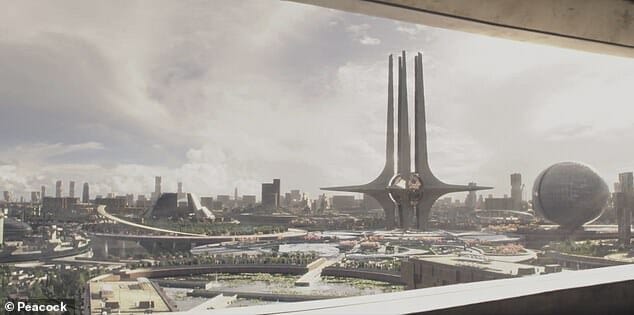
Brave New World is what Huxley thought the world would be like if the 1930s lasted forever. The book is about utopia. Keep in mind both communism in Russia and nazism in Germany began as attempts at utopia.
The book’s title originates from William Shakespeare’s play The Tempest. The Tempest focused on what it meant to build a new society. John the Savage utters the Shakespearean quote, in a moment of despair, while speaking with World Controller Mustafa Mond.
Huxley’s point in Brave New World is “in a world in which everything is available, nothing has any meaning”. Wish or try to be more than you are (Alpha, Beta, Epsilon, etc.) and the World State will recondition you. By eliminating the pains of life, you also eliminate the need for hope.
Background Figures of the Book
These are real and non-fictional characters of note in Brave New World.
- Henry Ford, a messianic figure to the population of the World State. They use “Our Ford” instead of the Christian “Our Lord”.
- Sigmund Freud, “Our Freud” is sometimes said in place of “Our Ford”. Freud created a psychoanalytic method that depends implicitly on classical conditioning. He also popularized the idea that sexual activity is essential to human happiness.
- H. G. Wells, a British writer and utopian socialist, whose book Men Like Gods Huxley criticized.
- Ivan Petrovich Pavlov, whose conditioning techniques are used to train infants.
- William Shakespeare, whose banned works are quoted throughout the novel by John, “the Savage”.
- Thomas Robert Malthus, a 19th-century economist, believed the people would eventually be threatened by their inability to raise enough food to feed the population.
- Reuben Rabinovitch, the Polish-Jew character on whom the effects of sleep-learning, hypnopædia, are first observed.
- John Henry Newman, a 19th-century Catholic theologian and educator believed university education the critical element in advancing post-industrial Western civilization.
- Alfred Mond, a British industrialist, financier, and politician. He is the namesake of Mustapha Mond.
- Mustafa Kemal Atatürk, the founder and first President of the Republic of Turkey that revolutionized the ‘old’ Ottoman state into a new nation.
Attempts to Bring the Book to the Screen
Many producers attempted to bring Brave New World to the big screen. The difficulty in bringing the book to the screen stems from the source content – a 90-year-old book. Huxley correctly predicted the use of chemical birth control, mood stabilizers, and genetic engineering.1 They’re no longer futuristic concepts. Another issue producers have in converting the story to the screen is the failure to understand the humor of the book.
Unsuccessful Attempts from 1979-1998
Deanne Barkley, an NBC producer, purchased the rights to Brave New World in 1978. NBC planned to debut a mini-series in 1979 but it never happened. The network aired a made-for-TV movie in March of 1980. NBC made another TV movie in 1998. Neither was successful.

The Latest Adaptation of Brave New World for the Screen – on NBC’s Peacock
NBC produced a new TV series for its new Peacock streaming service. The series was developed for SyFy, then USA Network, before landing at Peacock. The series hyper-focused on orgies and violence, which contributes to the series TV-MA rating.
The new show is a watered-down version of the book. It relies on cinematography instead of philosophical ideas. Huxley left the distinction between Brave New World being a dystopia or utopia an open question in the book. The TV series is unquestioningly set in a dystopia disguised as a utopia.4 The TV series completely fails to create a dystopia that holds valuable lessons for the present time.
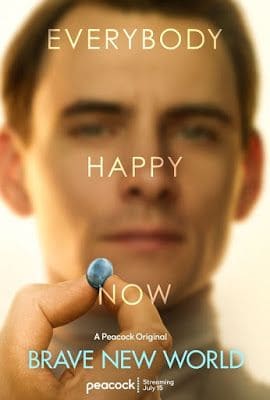
Changes from the Book
The TV series made many changes from the book, likely intended to enable the show to carry on for many seasons. The best improvement from the novel removed the book’s undertones of racism, misogyny, and homophobia. Casting chose black actresses. Writers changed the gender of a few main characters. Homosexual and bisexual scenes appeared in some episodes.
The biggest change from the book is the addition of Indra/Jane, a communications network/AI. Indra uses contact lenses to send and receive data in a futuristic heads-up-display. Idra has a mother-daughter relationship with Mustafa Mond. The AI concludes humans are responsible for all that is bad in the world and must be eliminated.
The most chilling scene of the TV series is when Bernard Marx removes his Idra eye contact. It looks like a contact lens with two thin wires sticking out of it. It made me quite uncomfortable seeing the wires pulled out of Bernard’s iris.

Mustafa Mond appears dressed in a robe – something the anti-Victorian Huxley avoided. The TV series did hold true to the use of zippers in the wardrobe. In the 1920s, zippers were becoming popular. But, conservatives associated them with sexual promiscuity. Zippers made clothes so easy to take off. For that reason, Huxley made frequent references to zippers in the attire worn by his characters.
Other Changes
- John builds a friendship with the Epsilon class of people
- The Epsilons kill Director of Stability Henry Foster
- The Epsilons start an uprising
- Bernard Marx receives a promotion to Henry Foster’s role
- John’s memories become viewable by everyone, using technology not mentioned in the book
- John murders the Director, who is also his father
- John and the Epsilons destroy the supply of Soma, leading to the population’s emotions to become unstable for the first time in their lives
- Mustafa Mond and Wilhelm(ina) Watson are female characters
- Lenina Crowne is an intelligent scientist
- The Savage Lands operates as an amusement park
- The show depicts people of the Savage Lands as exaggerations of poor white working class people who lived in the mid to late 20th century
The show insults Americans, too. New London is beautiful with elegant interiors and modern, clean buildings. The people speak with British accents. The Savage Lands consist of trailer parks and run down Walmarts. The people speak with American accents.

Conclusion
Huxley wrote of his perceived problems with a ‘perfect society’. He including many circumstances that make readers uncomfortable, even 90 after years. Brave New World now stands as a warning sign for any attempt of a society with universal happiness.
In his 1958 essay Brave New World Revisited, Huxley described Brave New World as a nightmare. Huxley played off of the fear of communism and capitalism. The book provides examples of how a government can control a population through pharmaceutical drugs. The drugs make citizens more susceptible to suggestion. This makes the population vulnerable to the government’s propaganda.

Aldous Huxley was a man of many emotions and sensitivities. He mourned the death of his mother when he was 14. He used hallucinogen drugs like mescaline and LSD – especially later in life. His version of dystopia was a world without the ebbs and flows of life’s emotions he experienced throughout his.
Not everything was rosy and successful for Aldous Huxley, however. Many people accused Huxley of plagiarism. Brave New World is very similar to the 1920 novel My by Russian author Yevgney Zamyatin (published as We in English). Huxley denied this claim.
Huxley was wrong about genetics, too. He believed that genetics will separate the haves from the have-nots. In reality, access to information and education is what really separates society’s classes.
Readers find themselves coaxed into siding with John throughout the book. They’ll find themselves agreeing with John’s belief that people have the right to get ill, suffer pain and fear. This is all intentional. Perhaps there’s a little of Aldous Huxley in the character of John the Savage.




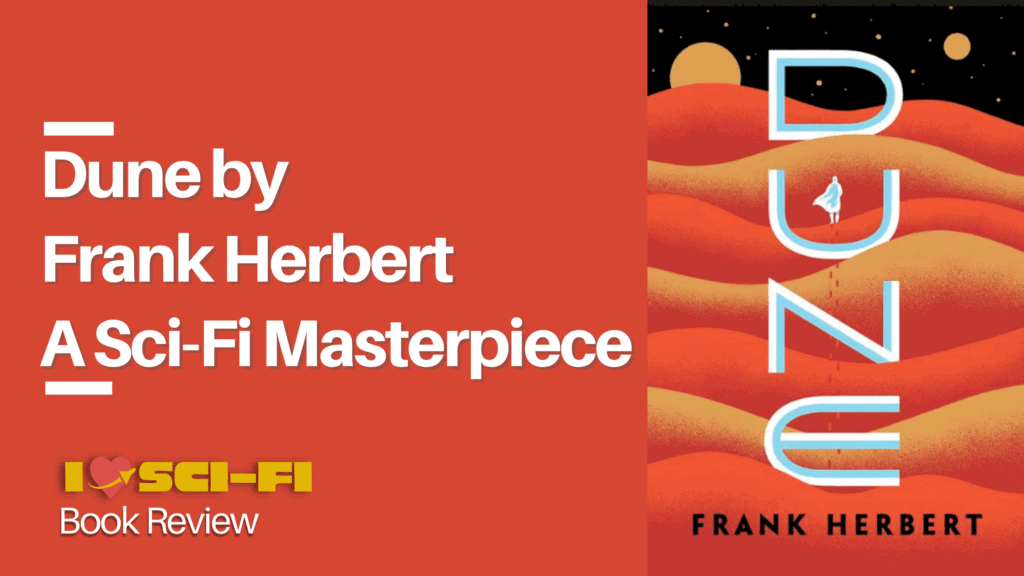
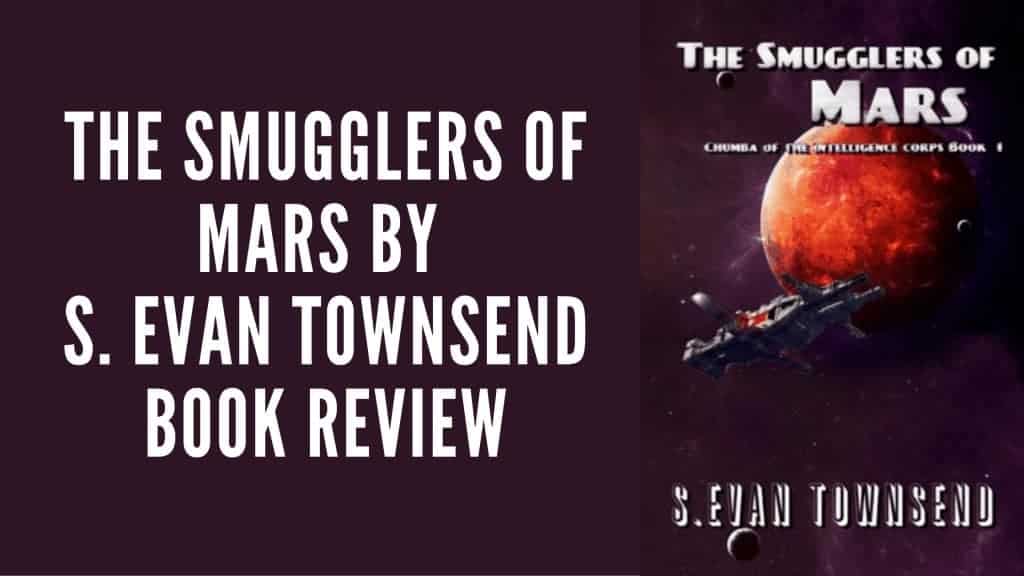
I read this book in my school found it amusing then the way human beings were categorised. Glad to read such insightful post. Thanks for Sharing .